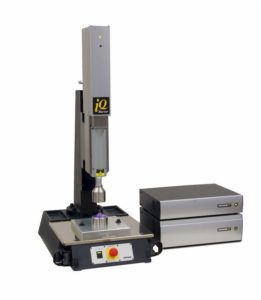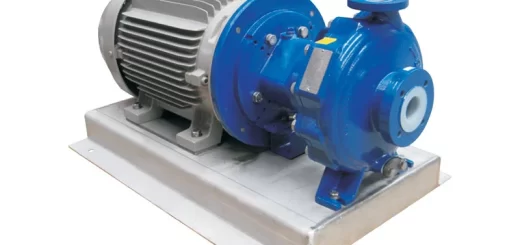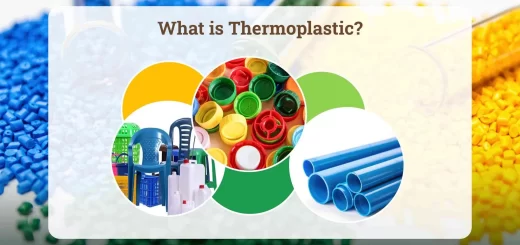Ultrasonic welding process uses, advantages and disadvantages
Ultrasonic welding is the clean, fast and reliable method of joining plastics, It is the use of ultrasonic frequency mechanical vibration energy ( It can be more than 15 KHZ ) in the work-piece surface to produce the plastic deformation and failure under the pressure surface , realize the welding method.
Ultrasonic welding process is most commonly used to join the thermoplastics, It is used in joining the materials which are not similar and it does not require any bolts, soldering material, nails or the adhesives that are needed to join the materials together.
Ultrasonic welding is the method of joining two parts by converting the electrical energy into the heat energy, It is suitable for the plastics and the metals, It can use high-frequency ultrasonic acoustic vibrations to the materials that are being held together under the pressure to create the solid-state weld.
Ultrasonic welding advantages
Ultrasonic welding can be applied to a diversity of combination of the material welding, It can not applied for semiconductor materials such as high temperature caused by the pollution and the operation, It is easy to weld the heat conductivity and high conductivity materials like gold , silver , copper , aluminum , etc .
The consumption power is small , only for the resistance spot welding 5% left and right sides, weld deformation less than 3-5% , solder joint strength and strength the stability by an average of about 15-20% , on the surface of cleanliness requirements is not high.
Ultrasonic welding process is widely used in the microelectronics devices and finishing technology, the most successful application is the integrated circuit element of interconnection and it is used in the electronic aerospace electrical packaging plastic industries .
Ultrasonic welding process welds thin to thick material combinations , It is excellent for Al, Cu and the other high-thermal-conductivity materials that are difficult to join by fusion processes, It can be used to join the wires and circuitry, So, It is perfect for use in the industries which produce the computer and electrical components.
Ultrasonic welding process successfully joins many dissimilar-materials combinations, It welds without filler metals or gases, It is fast and easily automated, Because ultrasonic welding does not require the connective bolts or soldering materials to bind two pieces together, it saves on the manufacturing & production costs.
The ultrasonic welding is visually appealing since there are no visible seams that can detract from the finished piece, The ultrasonic welding process is the automated process which only requires the welder to pull the lever or push the button to produce the ultrasonic weld.
Ultrasonic welding process is ideal because it creates the reliable bonds without introducing any impurities or thermal distortion to the components being joined, The ultrasonic weld dries rapidly because there are no adhesives or solvents to dry and there is no need for the materials to cure.
Although ultrasonic welding process uses the vibration to create the weld , ultrasonic welding is a different method from “vibration welding” ( also known as the friction welding ), The acoustic energy createsthe friction, It produces the heat and the parts are welded in less than a second, making it one of the fastest welding methods in use today.
In the vibration welding one material is held in the place , while the other is moved back and forth by either the alternating electromagnetic or the hydraulic linear motion generator , In ultrasonic welding , both materials are held in the place and a high frequency noise is applied to produce the friction and then create the weld .
Ultrasonic Welding process offers the clean exteriors of welded parts, The potential manpower savings, The absence of drying time in the jig , the gas tight and it has completely stable, possibility of welding in the presence of the foreign bodies such as the powders and the liquids that are incompatible using any other conventional assembly processes .
Ultrasonic welding technology disadvantages
The metal ultrasonic welding requires the power with the workpiece thickness and the hardness increases exponentially , and it is limited to the silk, foil , tablet , bars such as with thin pieces of welding , most cases only applies to the lap joint .
Ultrasonic welding process is restricted to the lap joints , It is limited in joint thickness , Challenging on high-strength , high-hardness materials , The subject to the material deformation under the tooling , It may create audible noise from part resonance and the process is unfamiliar to many engineers .
The largest piece it can effectively weld is 250 mm due to the limitations in the power output capability of the single transducer , the horns inability to transmit very high power and amplitude control difficulties due to the fact that the joints of this length are comparable to the wavelength of the ultrasound.
Ultrasonic welding process requires a lower moisture content in the materials that it welds , Vibration welding is preferable for the materials with a higher moisture content , if the materials are too thick , ultrasonic welding process is not an effective way to join them.
Robot welding advantages over manual welding
Industrial robot ( Auto industry ) uses, advantages and disadvantages
Laser Metal Deposition uses, types, advantages and disadvantages




